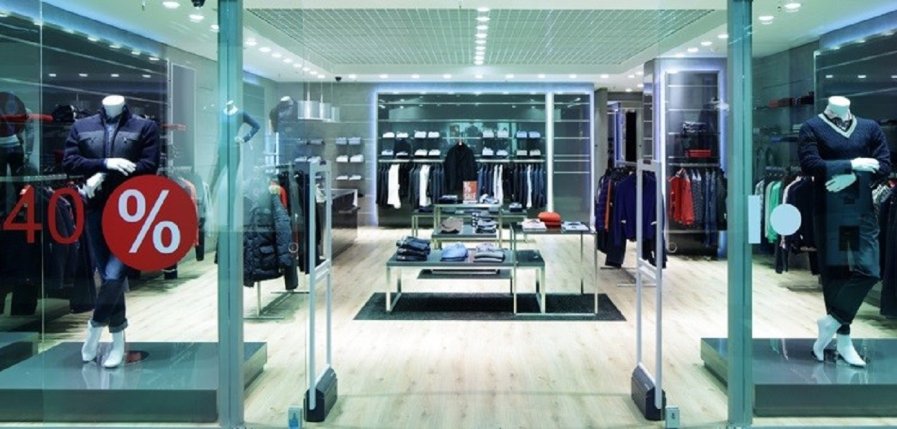
Theft, including robbery and burglary, within the retail sector amounted to £474m in direct costs in 2015-16 according to the British Retail Consortium (BRC) Annual Crime Survey. The largest proportion of this was from customer theft, costing the industry £438m, whilst a smaller, yet still significant, cost of £13m was a result of employee theft.
Retailers need to establish effective loss prevention policies for reducing loss caused by deliberate or inadvertent human actions. There are three types of losses; internal theft, external theft and errors; all of which need robust procedures in place to help prevent them.
Internal Theft
Employees can be involved in stealing merchandise, assisting shoplifters, and removing money from the cash register through discounting, refunds or other methods. Although this might seem like a much smaller financial problem than shoplifting, it can be harder to deal with and have a greater impact on the store; affecting other staff as well as management. According to the BRC survey 45% of premises reported incidents of employee theft to the police in 2016.
The relationship between employee and employer should be one of trust. Once there is a suspicion of theft the trust has gone, and if the employer wrongly makes an accusation it can result in a very unpleasant situation for all involved.
There are a number of measures that can be put in place to deter any potential employee theft, such as:
1. Pre-employment screening; checking references, criminal record (DBS) check, credit check
2. Carry out regular audits; check accounts and inventory.
3. Make use of CCTV cameras; locate them strategically around the store and the cash desks, covering registers.
4. Put in place a clear policy for dealing with any internal theft and make sure all staff are aware of it.
5. Make cash handling staff responsible for their takings and making sure they balance.
6. Pay staff fairly, offer training and promotion opportunities, and create a positive working environment.
External Theft
Shoplifting is the most significant method of external theft, although robbery and burglary are also regular occurrences. It accounts for 75% of crime by incidents and 66% of the direct cost of retail crime. Items can be concealed inside clothing or bags, price tags altered or swapped and security tags tampered with.
Measures to prevent external theft include:
1. Staff training; what to look out for and what to do if they see anyone shoplifting.
2. Excellent customer service; making it much harder for shoplifters to have the opportunity to steal.
3. Improve store visibility with mirrors, furniture and stock layout.
4. Installing CCTV cameras and signs warning that shoplifters will be prosecuted.
5. Use of security tags and alarm systems, and making sure staff respond to alarms.
6. Use of a professional security company, placing security guards inside and at the entrance to the store.
Errors
Anyone can make a mistake, but some are more costly than others. Those resulting in a cost to retailers can occur anywhere in the supply chain if checks aren’t carried out. Ordering or shipping errors, sales or discount mistakes; they all add up.
Staff training and regular process and inventory audits are the most effective methods of reducing errors. Understanding where and how mistakes have been made is essential to minimise the potential for them reoccurring.
Professional Security Support
Leisuresec has worked with many retailers over the years providing store security during opening hours as well as manned guarding, mobile patrols and alarm response when shops are shut. If you’d like to explore your options for retail security services please get in touch.

